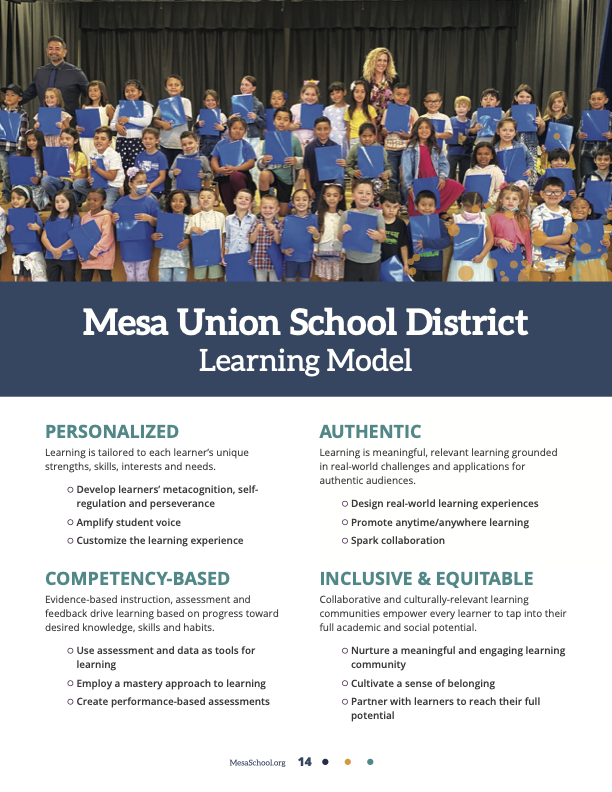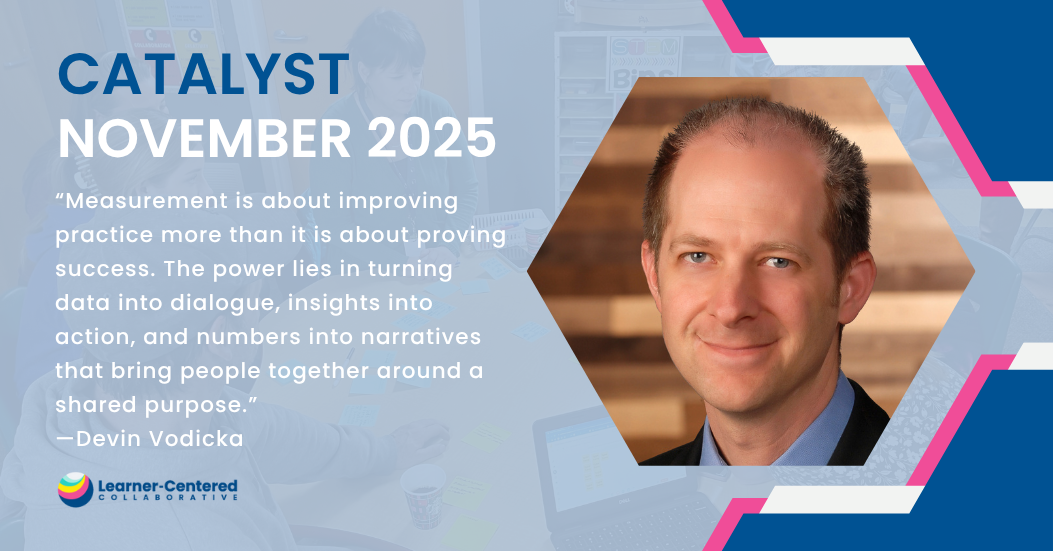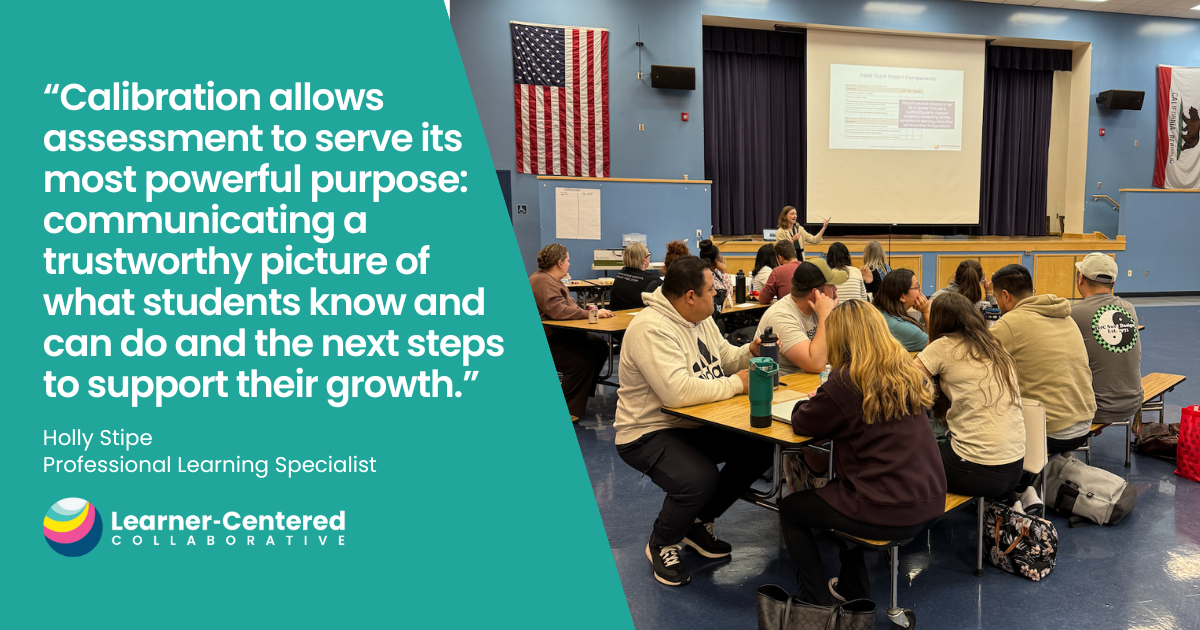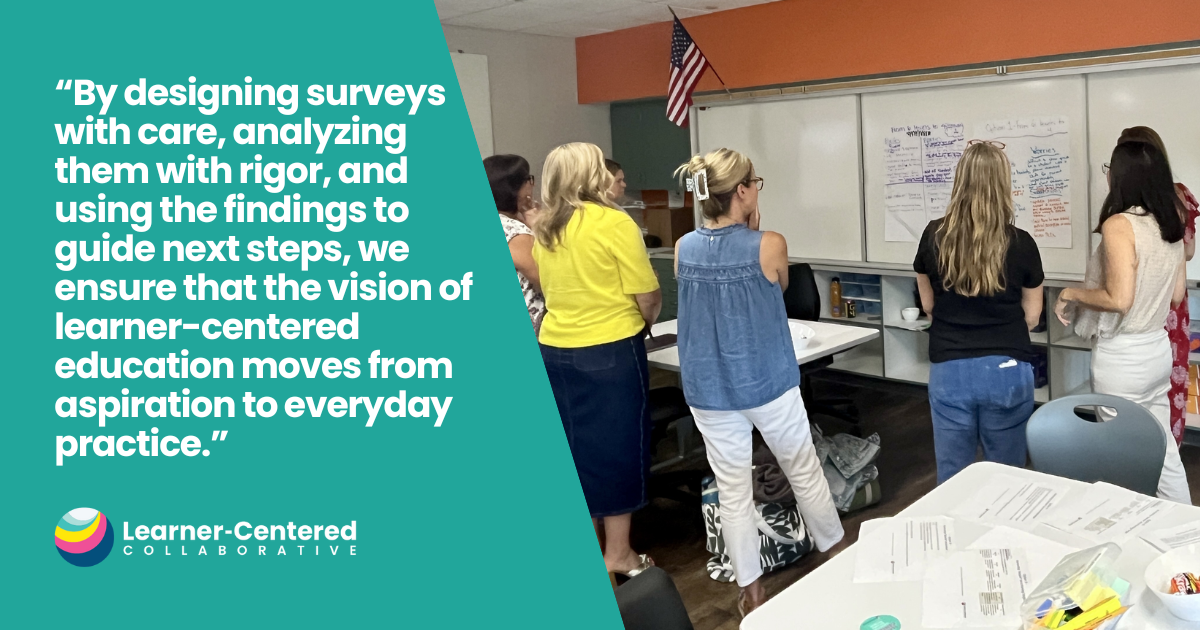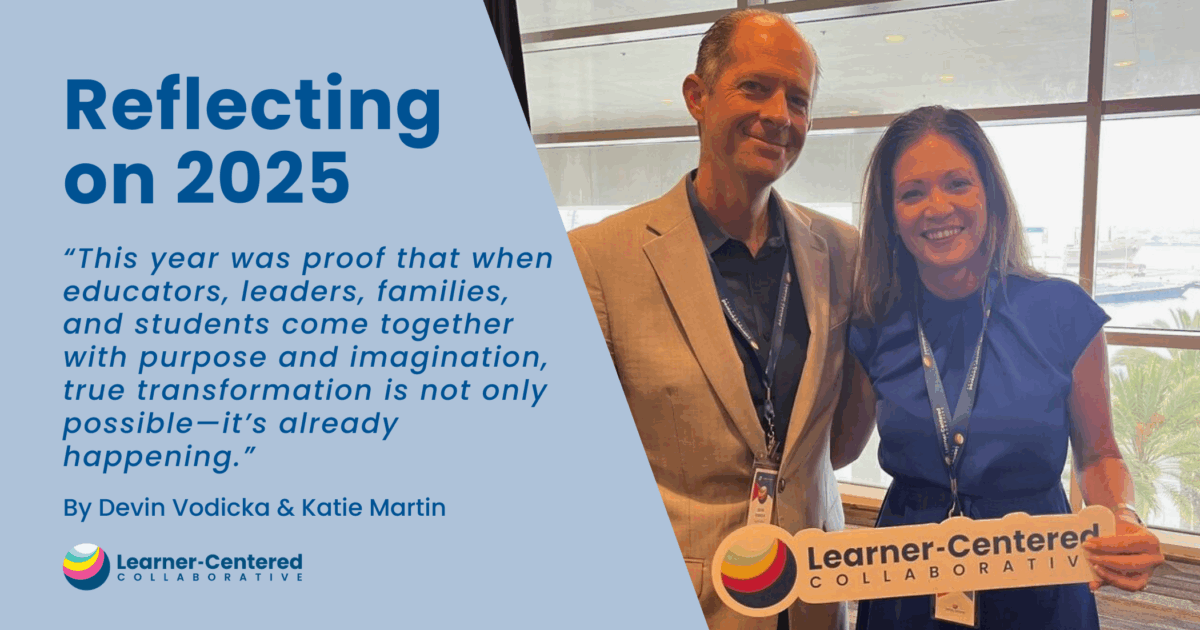Getting from District Mission and Vision to Implementation with Learners

Mesa Union School District
Getting from District Mission and Vision to Implementation with Learners
Small , public district in Southern California
Serving nearly 600 students through a TK-8 school that has grown and evolved alongside its community since 1939
OUR SERVICES
Strategic Consulting, Guiding Coalition, Learner Profile, Success Indicators, Learning Model, Learner-Centered Innovation Academy, Learning Walks
GOAL
Mesa Union is a small, tight-knit school district steeped in tradition dating back to its inception in 1939. As the community emerged from Covid-19 remote learning there was a growing awareness and consensus that they needed to rethink practices across the district so they could evolve and find new and better ways to support student success in school and life. Specifically, gaps and variability in student achievement had reached an inflection point and there was an increasing need for a more personalized learning experience that would support all learners getting what they need.
APPROACH
Building upon Mesa Union’s strong community, commitment to kids, and pride in its history, the district’s journey to from its traditional roots to a learner-centered experience started with celebrating and building upon what was working. They took stock of Bright Spots happening throughout the district. They also had a solid start to their Framework for the Future with a clear and aligned mission, vision, and set of values. The clear next step was to bring them to life with educators and learners, while also involving the community.
Their guiding coalition of parents, school board members, county office leaders, teachers, superintendents, and principals started by conducting a series of empathy interviews with each other to surface what they loved and felt was working, and also their hopes and aspirations for students and the district. Knowing that gathering diverse perspectives was key to their collective success, they conducted another round of empathy interviews with students to better understand their experience. This process, along with looking at trends and research, led to creating the district’s learner profile.
While Mesa Union gathered a great deal of information from looking within, being a one-school district it was also important to consider models and examples from the outside. Based on their learner profile, Learner-Centered Collaborative curated and shared videos, examples, and models from schools around the country to broaden their perspective and collectively make an informed decision about what they wanted school to look like at Mesa Union.
From here they developed their learning model to achieve their desired outcomes. As part of the learning model design, Learner-Centered Collaborative also worked with the Superintendent and board to define success metrics that more accurately articulated what success looked like. This led to the creation of a scorecard to measure broader metrics of success around whole child outcomes, culture, student achievement, and culture of professional learning.
Knowing that the true value of a Framework for the Future is only realized put into practice with teachers and students, educator professional learning was taking place in parallel-path.
The initial work led educators to develop awareness around new school models and practices aligned to their learner profile. Teachers had the opportunity to provide feedback as it was being developed so the learner profile was something they were excited about, too. Next, they ratified their educator competencies, leveraging those from the Learner-Centered Collaborative framework.
With clear educator competencies aligned to each part of their learning model, the district decided its first focus area would be Personalized Learning. Educators embarked on Learner-Centered Collaborative’s Personalized Learning Pathway—a combination of synchronous and asynchronous learning embedded in teachers’ day-to-day practices. Each grade level identified the competencies they were working toward and throughout each learning cycle they shared new strategies, observed each other, collaborated, learned effective practices, and launched new learning cycles grounded in their needs, goals, and current practices.
With less than two years of learner-centered collaboration, the district has made remarkable progress towards implementing its learner-centered model. What’s more, along the way the learning introduced practices that are supporting adult learning while also modeling the personalized, competency-based, authentic, inclusive and equitable learning experiences the district wants for students, too.
RESULTS & IMPACT
- A fully developed Framework for the Future is guiding work and priorities.
- Students set personal goals that build upon their strengths and opportunities for growth and are aligned to the Mesa Learner Profile.
- Teachers took a self-assessment and identified their goals for the year to guide their inquiry and professional learning choice time.
- Grade levels identified goals and worked in PLCs to observe peers, identify strategies to implement, and reflect on impact.
- Teachers designed lessons to leverage personalized learning strategies, received feedback from colleagues, and tested out new practices with students.
- Student engagement is evident when observing lessons aligned to Personalized Pathway work.
- Increased comfort and willingness among teachers as they try new things and push their own practice.
Having a clear and aligned Framework for the Future has been so positive for our district—and the true payoff is walking through classes and seeing our learning model in action with students and teachers as we reimagine learning.
– Kim Kuklenski, Principal, Mesa Union School District
RESOURCES
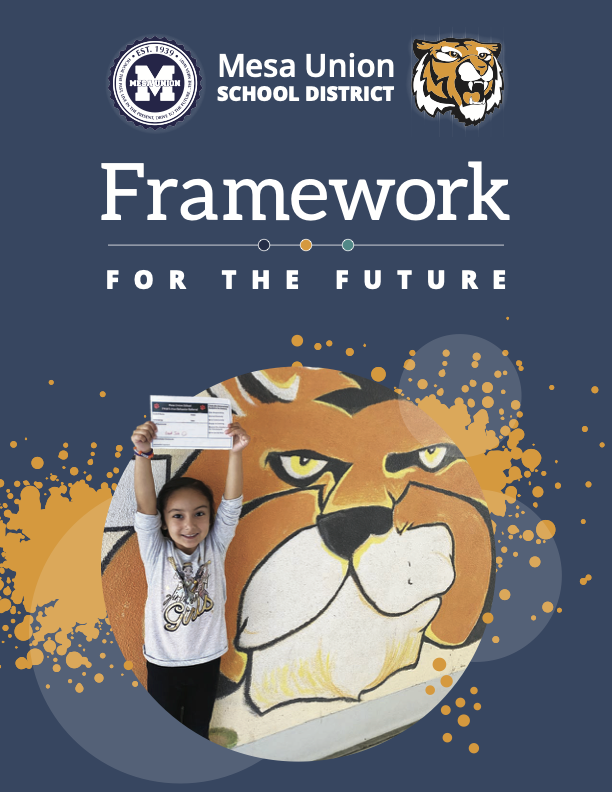

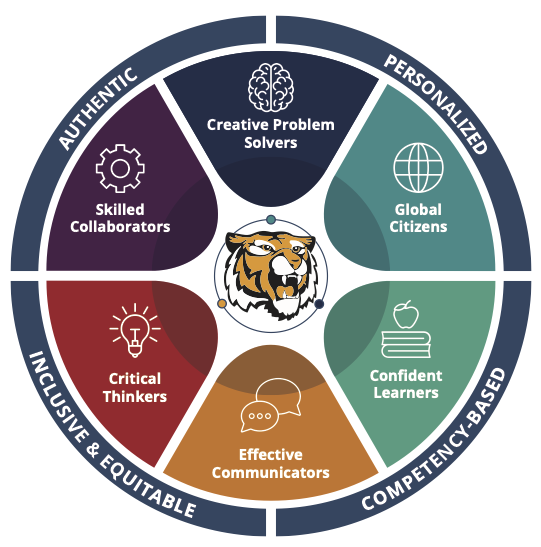
Learner Profile and definitions
